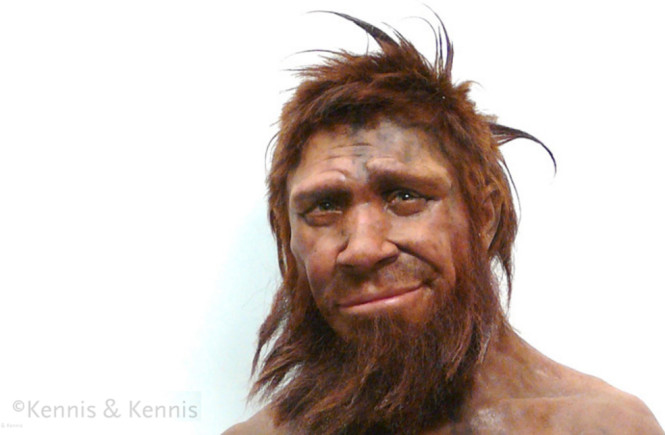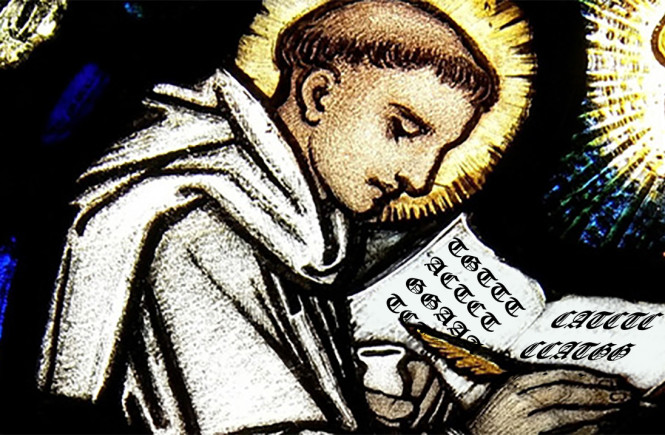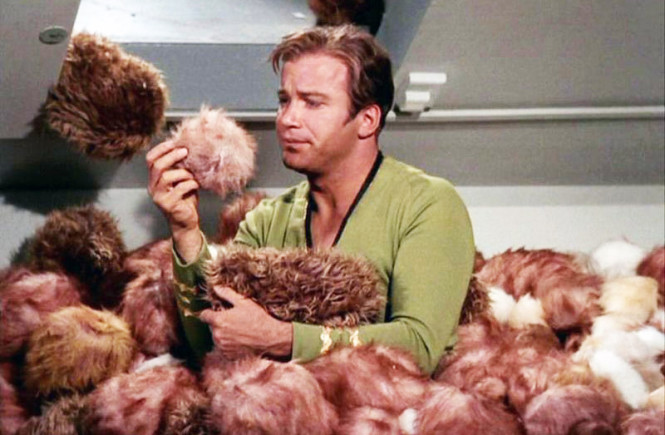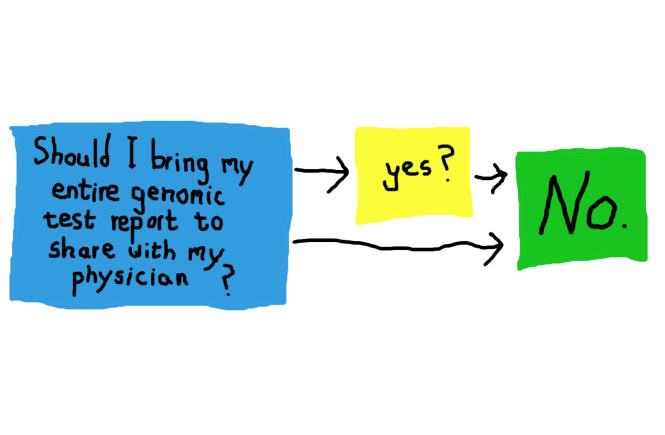Genetics truly is the language of love
A key aspect of any decently lurid romantic novel is opposition. One lover is rich, the other poor. One is from the north, the other is from the south. One is demure, the other is brazen. The families don’t approve, secrecy is a must, and the threat of disclosure ever looms. The books shall have titles like “My Reluctant Pirate Lord”, “To Capture a Viscount”, or “Ancient gene flow from early modern humans into Eastern Neanderthals” (population genomic article titles tend to lack some of the allure of a proper romance novel, but make up for it with better equations).
The latter tale of forbidden loves was just published in the journal Nature, and it recounts about 100,000 years of romance. Figuring a generation every twenty years and that their tale covers Africa and Eurasia, this article covers a lot passion. And just like a romance novel- despite its basis in genetics and statistics- population genomics delves into the love borne of contradictions.
The elements of opposition in a population genetic story are, of course, genetic differences. Though dairy maid vs. marquise is more standard novel fare, genetics must focus on differences in our DNA. Fortunately there is plenty of genetic variation to assess, though much is undetectable without having your own Illumina MiSeq to sequence a genome or two. As discussed here, mitochondrial DNA is often used to trace relationships between groups of people. These mitochondrial mutations probably have little if any effect on our physiology. However by assaying these mutations in many different groups of people, we can trace how different populations flowed over time across the lands.
Some people are tall, some short. Some have dark skin, some have light skin. Some people have high foreheads, while some have prominent brow ridges, elongated skulls and sloping foreheads.
Some genetic differences are more marked than simple mitochondrial variations, of course. For example, some people are tall, some short. Some have dark skin, some have light skin. Some people have high foreheads, while some have prominent brow ridges, elongated skulls and sloping foreheads. Fortunately, love surmounts all these obstacles, and now we have the science to prove it, even when the love occurred 50,000 years ago.
We may think our modern world of national, tribal and religious factions is fraught with peril with irreconcilable differences:
OH, East is East, and West is West, and never the twain shall meet,
Till Earth and Sky stand presently at God’s great Judgment Seat,
East vs West is nothing compared to our issues about 50,000 years ago, when we had at least three major groups of human sub-species on the planet, so-called modern humans (that’s you and me), the Neanderthals, and a recently acknowledged addition, the Denisovans (who were more closely related to the Neanderthals than to us). Additionally, an inability to account for all the variance we find in comparisons of the genomes of these three groups suggests there may be at least one other major and as yet undiscovered subspecies that coexisted with us way back then.
Until very recently, “coexisted” was thought to be too kind a word to describe our sharing of the planet, as the traditional understanding of the interactions between these very different groups of people was that it involved heavy usage of clubs. However recent genetic evidence has caused us to reevaluate the nature of our cohabitation. The previous view was that some 200,000 years ago modern humans and Neanderthals parted ways from each other in Africa. A Neanderthal, probably called Thag (Neanderthals always have names like Thag or Grog, for some reason) and his neighbor, Malcolm the modern human, waved goodbye to each other as Thag headed north, leaving Africa to go settle in Europe. 150,000 years after Malcolm and Thag’s parting, Malcolm the modern human’s grandson, Brad, left Africa too. Finding Thag’s grandson in Europe, Brad knocked him on the head. and thus ended the pluripotentiality of human subspecies.
Fortunately for the lovers of goodwill towards men, this story has been changed by genomics. The sequencing of the Neanderthal genome, and then a comparison to our own genome, showed that we all carry some some Neanderthal DNA. The average European has about 2.7% of their genome derived from Neanderthals (mine is 2.4%). Therefore our story needs to be changed: Modern human Brad left Africa, following in Thag’s footsteps. Instead of knocking Thag on the head immediatly upon his arrival in Europe, Brad first wed Thag’s granddaughter, and then knocked Thag’s grandson on the head. Still a bit brutal, but it does have the love interest now. Some may be surprised by the thought of an interspecies pairing like this, but the idea of the Neanderthal caveman as a dim knuckle-dragger is passé. Neanderthal and modern human certainly looked differently, but not differently enough that amour was unfeasible. The Neanderthal imagined in the sculpture shown at the top of this post hopefully illustrates the allure that a prehistoric Fabio’s could have engendered.
Differing amounts of Neanderthal DNA between modern ethnic groups may be due to multiple admixtures of Neanderthal DNA. ‘Admixture’ is how population geneticists coyly describe the issuance of love.
To further complicate the story, it recently been suggested that the differing amounts of Neanderthal DNA between modern ethnic groups is best accounted by multiple admixtures of Neanderthal DNA. ‘Admixture’ is how population geneticists coyly describe the issuance of love. East Asians have, on average, more variations associated with Neanderthal DNA than do Europeans, and the best explanation for this seems to be that Asians engaged in more intersubspecies trysts than did the ancestors of the Europeans. Brad went North when he left Africa, but cousin Li went East, married another one of Thag’s granddaughters, and then Li’s son married Thag’s great granddaughter. Still, Thag’s grandsons all get knocked on the head, whether they were in Europe or Asia.
But new data published this week suggests even more intersubspecies ardor. Sequencing of several Neanderthal genomes and comparison to multiple modern human populations suggests that even before Neanderthal Thag left Africa he was already cousin to modern human Malcolm. Or possibly Thag found a modern human girlfriend somewhere near Africa, say in Turkey, as he headed north. It’s not clear. What we do know is that not only do Europeans and Asians have Neanderthal DNA, but that some Neanderthal’s had modern human DNA as well. In this recent study it was seen that a Neanderthal from Siberia had some modern human DNA contributions to their genome, though two European Neanderthals did not. This suggests that modern humans and Neanderthals didn’t just succumb to a single assignation, or even two, but that our shared history is marked with several such rendezvous.
I’ll dispense with trying to use the Thag/Malcolm/Brad story at this point to further illustrate this sequence of liaisons, as the list of characters is growing beyond my abilities, and leave it to a better storyteller to write the novel. Mathematics may be able to determine migration rates by comparing individual genome sequences, but it can’t quite capture the whole story.



